If you've ever stared into your fridge at 7 PM, unsure what to cook, and ended up ordering takeout—again—you're not alone. Busy schedules, decision fatigue, and the lure of convenience food make healthy eating a challenge. But there's a simple, effective solution: weekly meal prep.
Meal prepping isn’t just a trend for fitness enthusiasts or Instagram food stylists. It’s a practical strategy that helps you eat better, save time, reduce food waste, and stay consistent with your health goals. And the best part? You don’t need to be a chef or spend hours in the kitchen to get started.
Weekly meal prep involves planning, cooking, and portioning meals or ingredients ahead of time—usually on a weekend—for the upcoming week. It can range from full meals in containers to pre-chopped vegetables, cooked grains, or marinated proteins ready to assemble.
The goal isn’t perfection—it’s progress. Even prepping just a few meals or components can make a big difference in your daily choices.
Cook once, eat all week. Prepping meals in advance cuts down daily cooking and cleanup time, especially on busy weekdays.
When healthy meals are ready to go, you’re less likely to reach for fast food or processed snacks.
Buying in bulk and using ingredients efficiently means less spoilage and lower grocery bills.
Start by choosing 2–3 main recipes for lunch and dinner. Pick meals with overlapping ingredients to simplify shopping. For example, grilled chicken, quinoa, and roasted veggies can be used in bowls, salads, or wraps.
Include snacks like hard-boiled eggs, yogurt, cut fruit, or hummus with veggies. Use a simple meal planner template or app to organize your week.
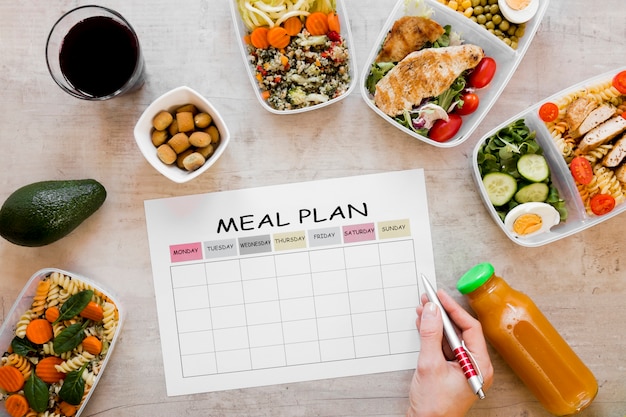
Write down every ingredient you’ll need. Organize your list by categories (produce, proteins, pantry) to make shopping faster. Stick to the list to avoid impulse buys.
Shop once a week, ideally after planning. Choose seasonal produce and versatile staples like brown rice, lentils, oats, and frozen vegetables (they’re just as nutritious as fresh).
You don’t have to cook everything at once. Break prep into steps:
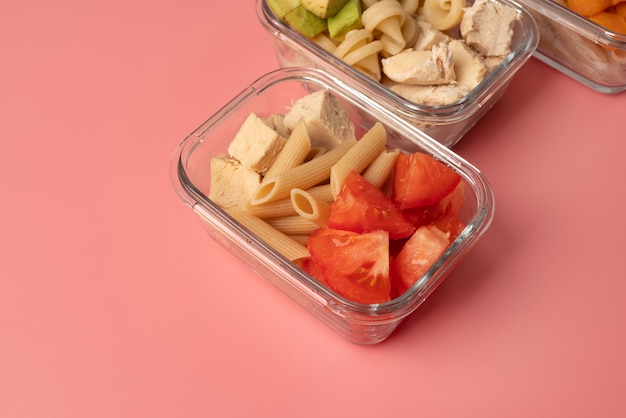
Use airtight containers to keep food fresh. Most cooked meals last 3–5 days in the fridge. Freeze extras like soups or casseroles for later in the week.
Label containers with dates to track freshness. Keep dressings and sauces separate to prevent sogginess.
One size doesn’t fit all. Here’s how to customize your approach:
Boredom: Rotate recipes weekly and use different spices and sauces to keep flavors fresh.
Overwhelm: Start small. Prep just 2–3 meals your first week. Build confidence gradually.
Food spoilage: Don’t prep too far ahead. Use the first half of the week for perishables, and save heartier meals (like stews) for later.
Weekly meal prep is a powerful tool for anyone looking to eat healthier without the daily stress. It’s not about perfection—it’s about consistency, convenience, and taking control of your nutrition.
By investing a few hours each week, you’ll save time, reduce decision fatigue, and make healthier choices automatic. Start simple, stay flexible, and enjoy the benefits of a well-prepped week.

Health

Health

Health

Health
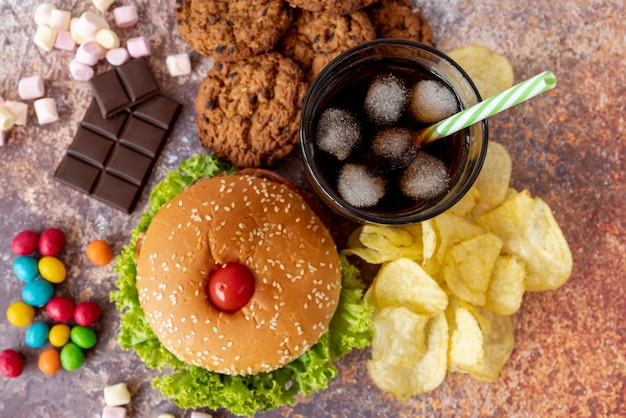
Health

Health
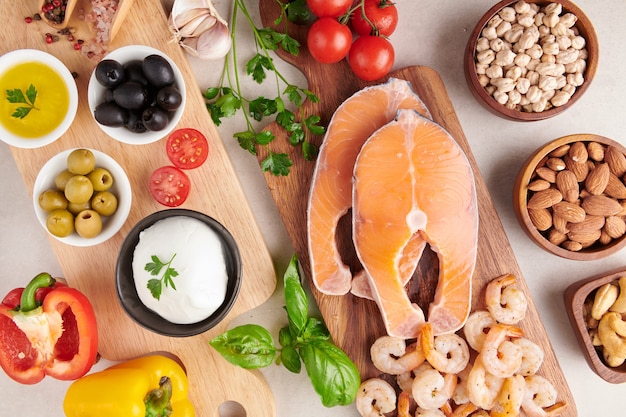
Health

Wellness
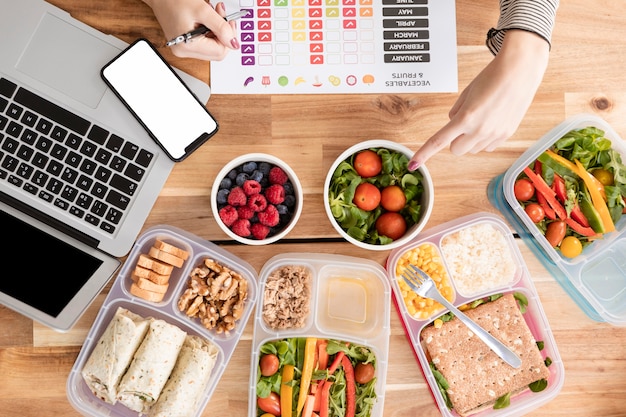
Wellness
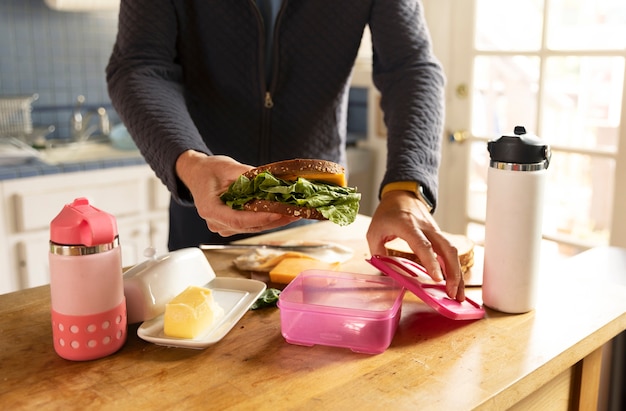
Fitness
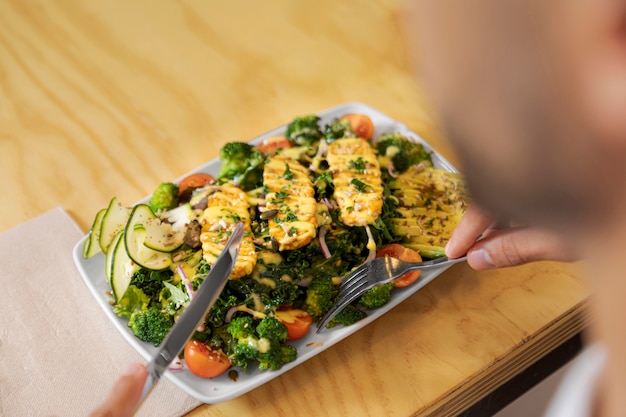
Wellness
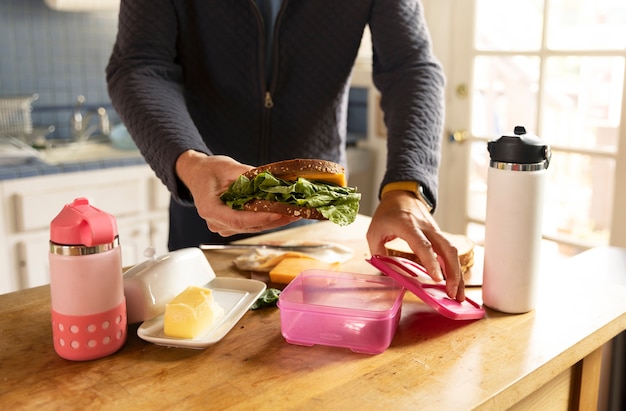
Wellness

Health

Fitness

Health

Health